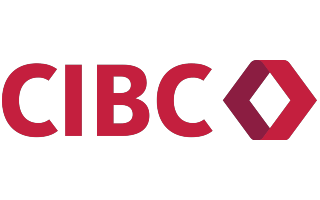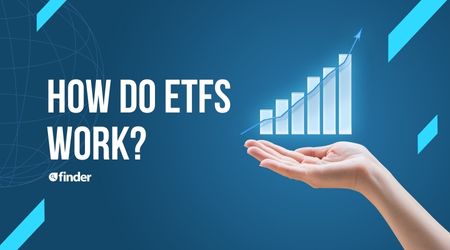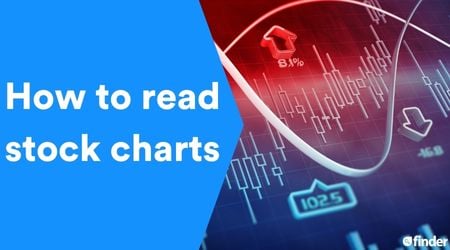Besides being an ingredient in sushi, soybeans are used to make soy milk, vegetable oil and feedstock. You can invest in soybeans in different forms including beans, oil and meal (coarse flour). Most investors opt for soybean futures, but you can also invest in futures options, exchange-traded funds (ETFs) and companies that deal with soybean-containing foods and products.
Why invest in soybeans?
Soybeans are a commodity. Because they are used to make staple pantry products and animal feed, they continue to have demand even when the market is struggling, which could make them a good investment. Of course, with the recent coronavirus outbreak, it’s at a relatively low price. But it’s expected that this will recover towards the end of the year.
What are soybeans and what are they used for?
You might be more familiar with soybeans with their Japanese name, “edamame.” These are often offered in sushi restaurants—delicious with a sprinkle of salt and a little soy sauce! Soybeans aren’t just used for food, though. Oil can be extracted from soybeans and used to make vegetable oil, margarine and shortening, which many people have in their cupboards.
Soybeans is also made into a coarse flour, or meal, which can be used to feed poultry and livestock. It’s also used to make protein alternatives and soy milk. On the industrial side, it can be found in paint, resins, plastics and biodiesel fuel.
The majority of the global supply of soybeans comes from the United States, Brazil and Argentina. Soybeans are the third largest field crop in Canada based on the amount of cash income and direct program subsidies that it generates.
How can I invest in soybeans?
There are 4 main ways that you can invest in soybeans:
- Buy soybean futures
- Buy soybean futures options
- Buy soybean exchange-traded funds (ETFs)
- Buy stocks in companies that deal with soybeans
Buy soybean futures
What are futures contracts?
This can work in your favour, if you buy the futures contract while the prices are low and they increase before the agreed date, then you make a profit. It can also go the other way, though!
To buy soybean futures, you agree to buy a set number of bushels of soybeans at a set price. On the date of expiration, the transaction is made.
Upon expiration of the contract, you’re often required to actually receive the delivery of soybeans, so (unless you’re hungry or own a sushi restaurant or otherwise have a need for a ton of soybeans), you’d need to exit your position prior to this.
Buy soybean futures options
Futures options give you some of the benefits of buying soybean futures, without getting any soybeans delivered to your home. Futures options are the right to buy or sell futures in a specific time period at a set price. Options can be traded, and become worthless if they aren’t used.
Buy soybean exchange-traded funds (ETFs)
Exchange-traded funds are a popular investment choice. They’re aimed at tracking the performance of an asset, in this case, soybeans.
ETFs can be traded on an exchange in the same way you could trade equities on the stock exchange.
The main soybean ETF is Teucrium Soybean (NYSEArca: SOYB), which is a fund aimed at giving direct exposure to soybeans without futures contracts. It can be purchased on the NYSE Arca. The Invesco DB Agriculture Fund (NYSEArca: DBA) is an ETF that isn’t solely focused on soybeans but still provides some exposure to the crop.
Buy stocks in companies that deal with soybeans
The following companies deal with soybeans and may be worth investing in if you want to back the products and processes that rely on the crop.
- Burcon NutraScience Corporation (TSX: BU)
- SunOpta Inc. (TSX: SOY)
- Archer-Daniels-Midland Company (NYSE: ADM)
- Bunge Limited (NYSE: BG)
- Bayer Aktiengesellschaft (XETRA: BAYN.DE)
- China Foods Limited (HKSE: 0506.HK)
Compare stock trading platforms
Finder Score for stock trading platforms
To make comparing even easier we came up with the Finder Score. Trading costs, account fees and features across 10+ stock trading platforms and apps are all weighted and scaled to produce a score out of 10. The higher the score, the better the platform—it's that simple.
Frequently asked questions
More guides on Finder
-
4 diamond stocks to watch
Want to invest in diamond companies? We’ve put together a list of diamond stocks you should keep your eye on.
-
8 sports stocks to watch
Want to invest in sports companies? We’ve put together a list of sports stocks you should keep your eye on.
-
What is a stop-loss order?
Learn how a stop-loss order can help you limit losses or lock in profits when trading.
-
Best renewable energy stocks
These are the best renewable energy stocks to buy now in Canada.
-
10 gold stocks to watch
Check out some of the best gold stocks to buy right now in Canada based on company performance.
-
Best stocks to buy right now in Canada
Finder’s unique algorithm found the 20 best TSX stocks to buy right now.
-
Guide to investing in inverse ETFs in Canada
Your guide to inverse ETFs, their pros and cons, and how to invest in short ETFs.
-
Guide to 10 of the best ETFs in Canada
Learn how to choose the best ETFs to buy right now in Canada.
-
What is micro-investing?
Round up your spare change into big bucks with Canadian apps designed for saving, depositing and investing.
-
Best investment accounts in Canada
Compare defensive and growth investments to find the best investment accounts in Canada for you.










